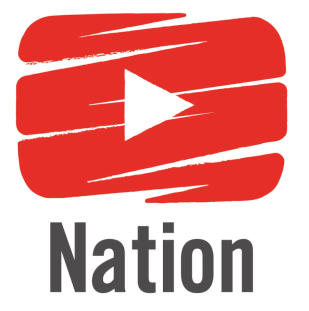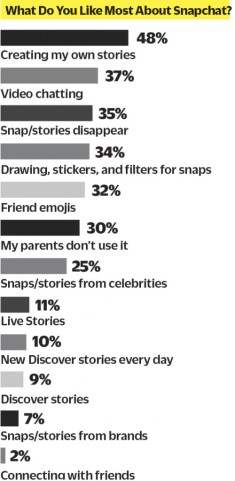Our blog centered around the relationship of economy and media. As media surrounds our daily lives, as does money, we “made cents of the media” in very distinct categories. Our topics of advertising, music, social media, sports, and wall street took different perspectives on economy and media that was relevant and hopefully as interesting to our audience as it was to us.
Sam: Advertising and Commercial Media
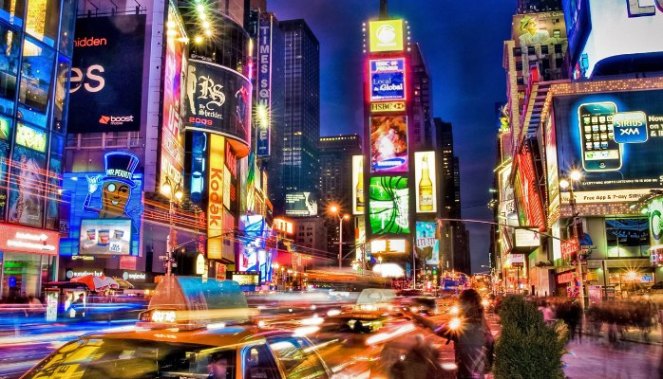
When our group was assigned “economy”, I was initially worried that it would be a bland subject I have no interest in. However, focusing on advertising was anything but bland. I had fun learning about the layers of advertising beyond just what I see on TV or magazines or Billboards. I know my first post was excessive but it is very representative of the excitement with which I left into this subject with. It was cool to apply concepts like the digital lifestyle or branding from class to things that I see everyday. It definitely helped me to improve my media literacy and excited me to learn more about the world of advertising.
Sophie: Music Economics
Since music is the one form of media that every American has access to, it is a huge asset to our economy. Over half of the money we spend on music goes towards live events, so it is important to spread the right social messages at these events. I got the opportunity to dive into music streaming controversy and the reasoning behind people’s arguments. As far as the government goes, I learned about Trump’s budget cuts and the extreme damage they will do to aspiring musicians.
Kate: Social Media
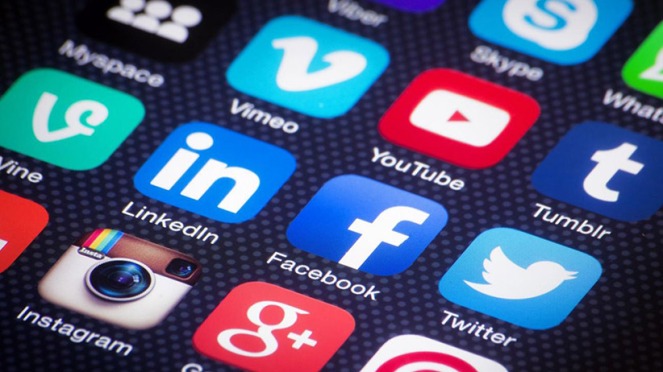
In today’s society people of all ages are using social media to interact with each other, however usage is most popular among the two youngest generations. Companies of all shapes and sizes are using social media to promote their brands as well as get people interacting with their company. They are taking advantage of the power social media has on society by using it as a tool to reach the public.
· Social media’s convenience is appealing to its users
· Companies realize the importance of targeting millenniums when attracting customers
· Companies are now able to use algorithms in the practice of behavioral targeting
Jordan: Sports Media
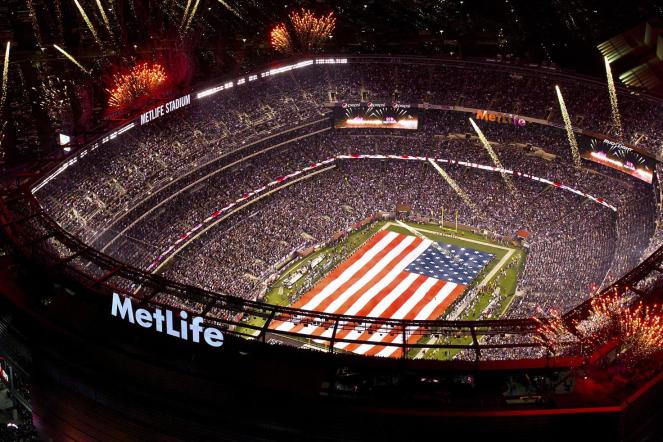
When you think of the economy, you typically think of Wall Street and men in dressed in suits; not athletes wearing their uniforms. Yet, the sports world is an extremely important factor in the United States economy. Sports plays an integral role in media and advertising. Sponsorships, commercials, and television all major factors in the constant economic flow. Some athletes aren’t even paid any money yet millions of dollars is devoted to them, for instance, NCAA basketball players during March Madness. While others receive multi-million dollar contracts like professional baseball players. Interestingly, one of sports biggest media events doesn’t even involve sports at all, like the NFL Draft.
Natalie: Wall Street

Making Cents of the Media covered a wide variety of topics, media and economics has proved to be a much more encompassing topic then we previously thought. Wall St economics can be hard to relate to our everyday lives but the amount of impact we have on our local and global economy is shocking. What we post and circulate around on our social media reflects larger problems in our society and our greater investors listen. The world of Wall St is not all that far from us as Hollywood seems to make it seem. The wild, and high powered world we’ve come to believe is in total control of our world actually has ears wide open to our voices.



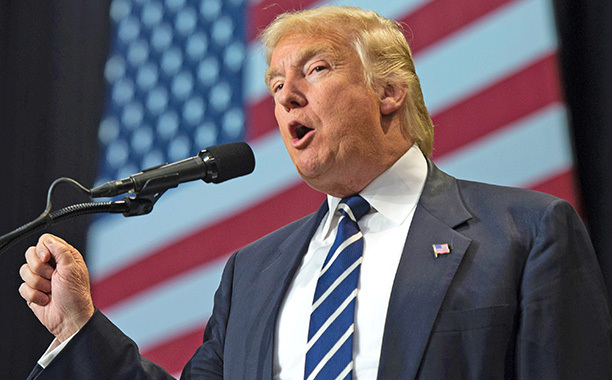




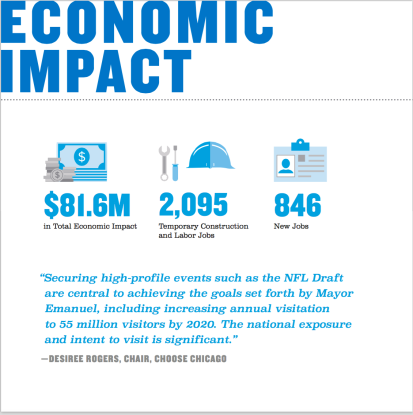



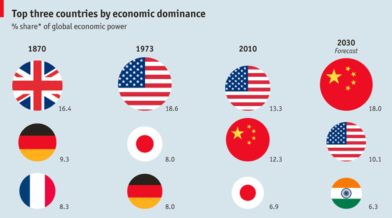 r investors since 2009 but new, more economic competition is looking to take over the market. As show in the accompanying graph, the US is set to take second place in global production and dominance by 2030. This means that investors will now take their money to these countries and we will lose our seat front and center. There are certainly solutions to this problem. The main one being to diversify our market and be more inviting to outside investors. This policy comes head to head with President Trump’s policies that promote the domestication of all transactions.
r investors since 2009 but new, more economic competition is looking to take over the market. As show in the accompanying graph, the US is set to take second place in global production and dominance by 2030. This means that investors will now take their money to these countries and we will lose our seat front and center. There are certainly solutions to this problem. The main one being to diversify our market and be more inviting to outside investors. This policy comes head to head with President Trump’s policies that promote the domestication of all transactions.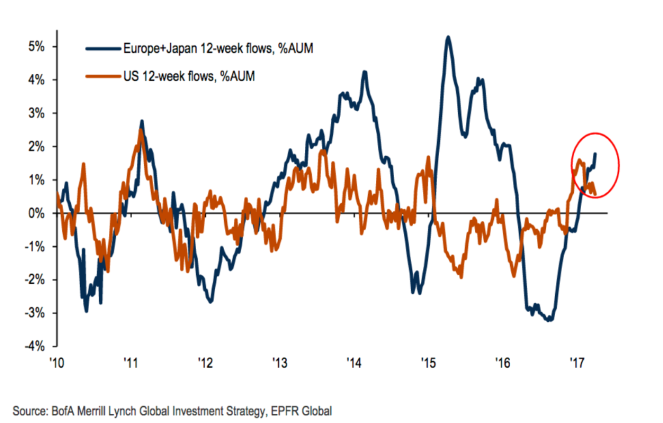 The AUM of a country shows how many assets or investments are being invested in a country and circulated through an economy. The higher the AUM of a country the better of the economy of said country is.
The AUM of a country shows how many assets or investments are being invested in a country and circulated through an economy. The higher the AUM of a country the better of the economy of said country is.
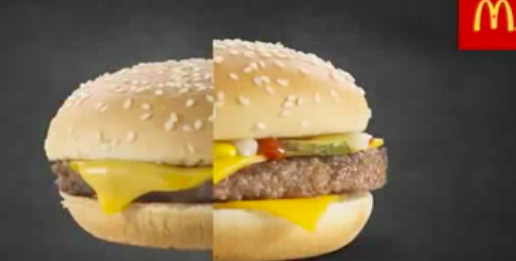
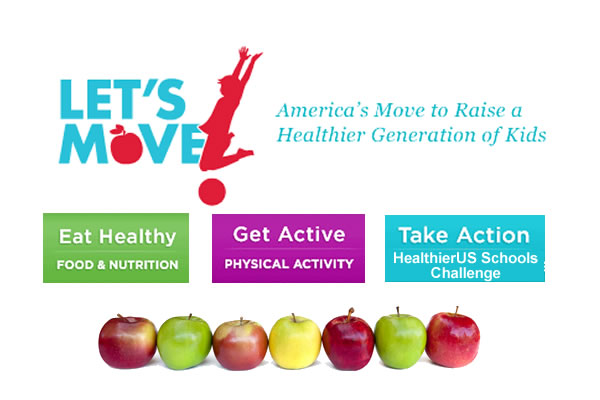

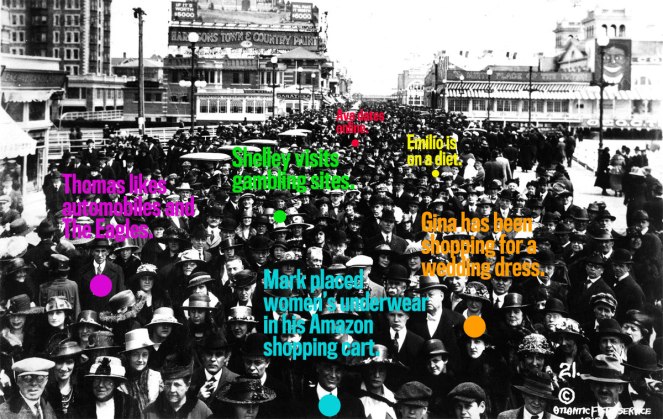

 We spend hours searching for it on the internet, “pinning” it on our Pinterest page, and possibly even making the bold move and putting it into our shopping carts. However ultimately our self control overcomes us, and we cannot justify the action of pressing “Check Out.”
We spend hours searching for it on the internet, “pinning” it on our Pinterest page, and possibly even making the bold move and putting it into our shopping carts. However ultimately our self control overcomes us, and we cannot justify the action of pressing “Check Out.”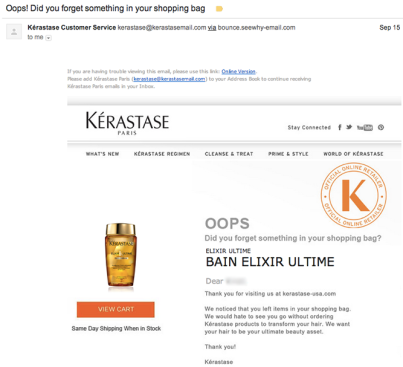
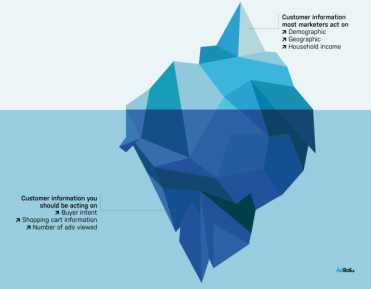 collection, segmenting a user based on their online behavior, and connecting this data so that advertisements that target this customer based on their interests will show. Behaviroal targeting is so successful because it gives real-time relevance to the consumer.
collection, segmenting a user based on their online behavior, and connecting this data so that advertisements that target this customer based on their interests will show. Behaviroal targeting is so successful because it gives real-time relevance to the consumer.


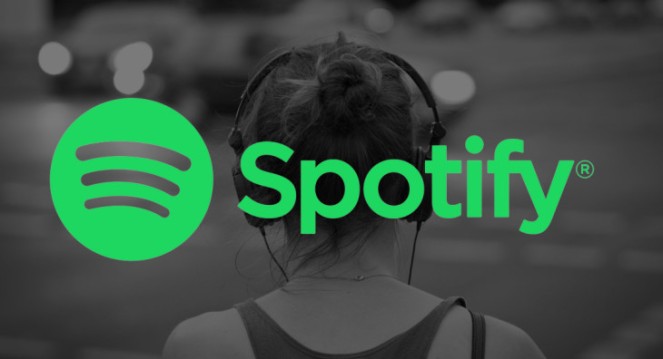


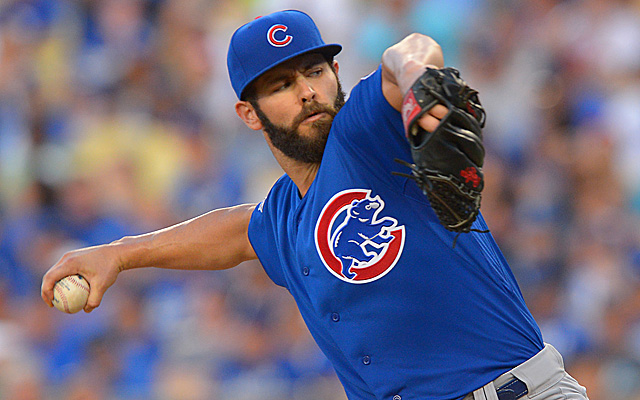
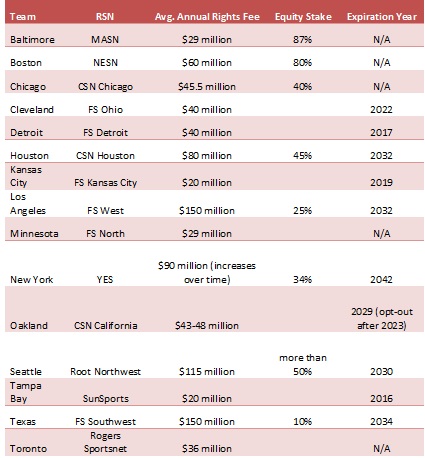

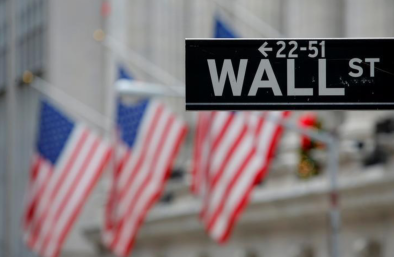 “war on coal”. The public has used social media platforms to show their distaste for conflict and their eagerness to have conflicts resolved. The government taking this voice into consideration has opened more venues for energy, such as coal.
“war on coal”. The public has used social media platforms to show their distaste for conflict and their eagerness to have conflicts resolved. The government taking this voice into consideration has opened more venues for energy, such as coal.